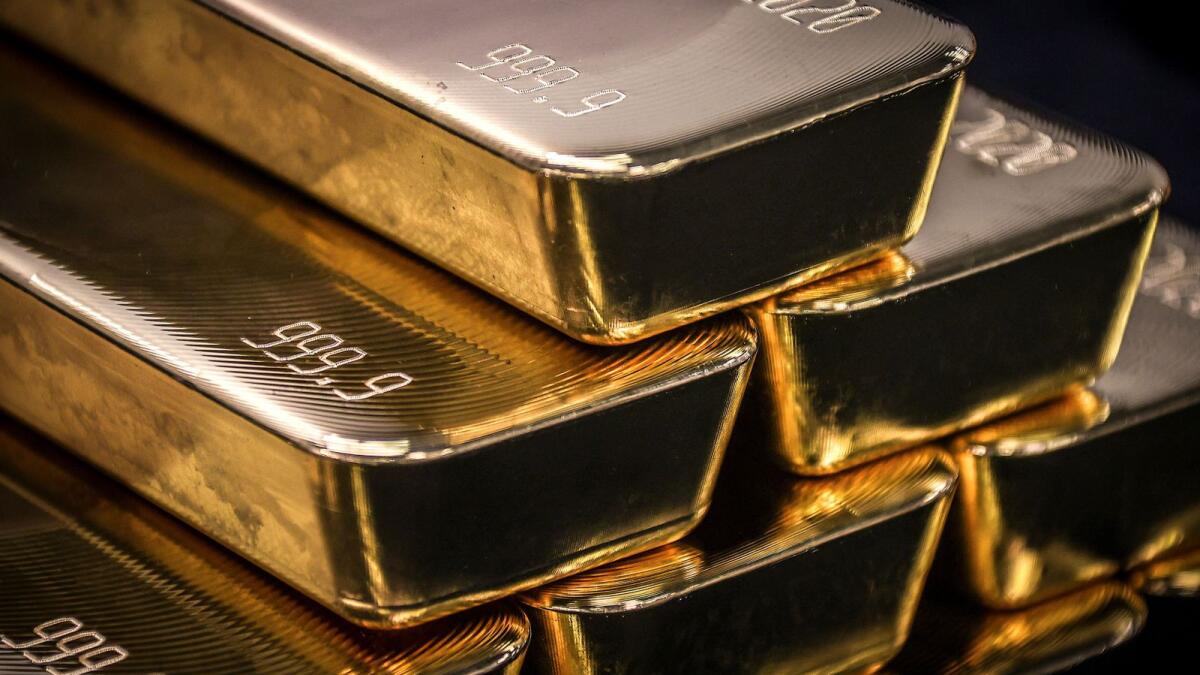Gold prices reached an all-time high on Monday, driven by bullish market sentiment post the US Federal Reserve’s interest rate cut and geopolitical tensions. Spot gold gained 0.3% to $2,630.19 per ounce, hitting a peak of $2,635.29 earlier in the session. The market is reacting to the Fed’s 50 basis point cut, which signals the Fed’s focus on controlling unemployment without major concern for inflation, according to Bart Melek, TD Securities’ head of commodity strategies. While the Fed is not rushing to reach a neutral interest rate, Atlanta Federal Reserve president Raphael Bostic mentioned a robust debate on the rate adjustments.
An aggressive rate cut by the Fed in response to employment rate drops could benefit gold prices, as per Melek. Additionally, regional geopolitical instability, such as the ongoing situation in the Middle East, could further contribute to gold’s rally. Israeli Prime Minister Benjamin Netanyahu’s remarks on complicated days ahead as Israel intensified strikes against Hezbollah in Lebanon highlight the heightened tensions in the region. Gold, serving as a traditional safe-haven asset against uncertainties, is poised for its best performance in fourteen years, amid the current economic and geopolitical landscape.
Global physically backed gold exchange-traded funds (ETFs) witnessed modest net inflows of 3 metric tons last week, as reported by the World Gold Council. Traders are anticipated to monitor comments from Fed officials throughout the week and the upcoming US PCE inflation data for insights into future policy decisions. While gold prices surged, spot silver declined by 0.8% to $30.85 per ounce, and platinum and palladium also experienced losses at 1.2% to $963.30 and 1.8% to $1,048.43 per ounce, respectively. Despite the setback in silver and other precious metals, gold remains a focal point for investors amidst global uncertainties and economic conditions.
The continual rise in gold prices indicates investor confidence in the metal’s ability to retain and grow value in volatile times. The Fed’s approach to interest rate adjustments and economic stability is a significant factor influencing gold’s upward trajectory. With ongoing discussions on further rate cuts and the potential impact on unemployment and inflation rates, investors are closely monitoring these economic indicators to gauge future market trends. The combination of geopolitical tensions, economic uncertainties, and a weaker dollar has propelled gold to record-breaking levels, reflecting its status as a safe-haven asset in times of crisis.
As gold experiences its best year in more than a decade, the outlook for its future performance remains positive. This positive sentiment is supported by the continued demand for physically backed gold ETFs and the interest from both institutional and retail investors in the metal. The global economic landscape, coupled with geopolitical developments, will play a crucial role in shaping gold prices in the coming months. Investors seeking stability and long-term value preservation are likely to turn to gold as a safe-haven investment option amid uncertain times. With ongoing market volatility and changing economic scenarios, gold’s reliability as a hedge against risk continues to attract investors seeking a diversified and secure portfolio.










